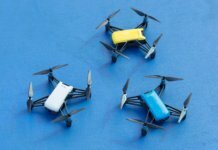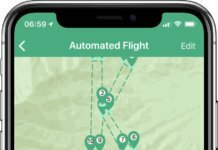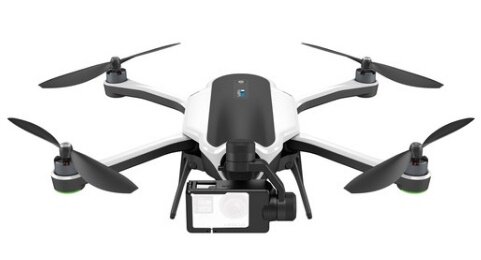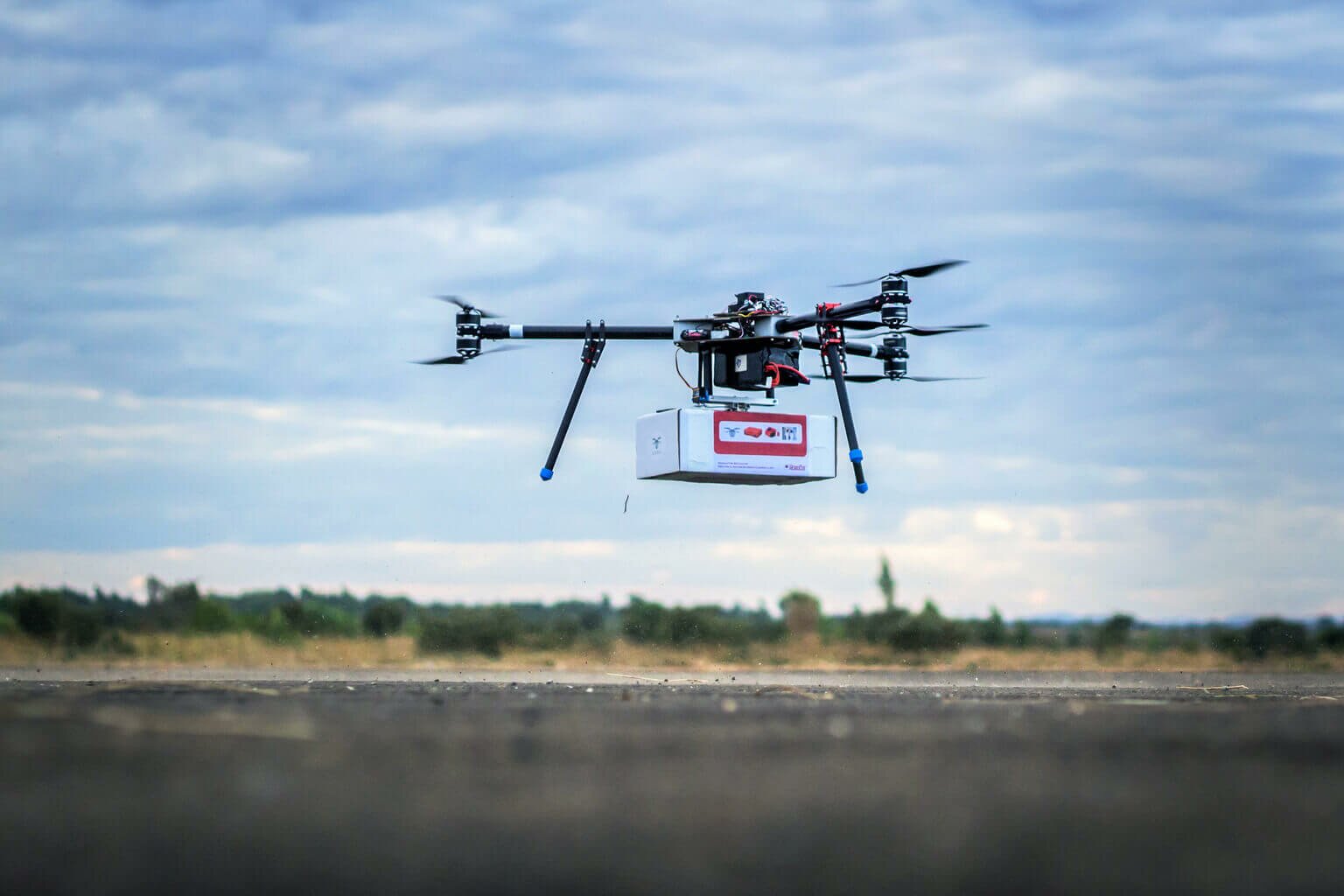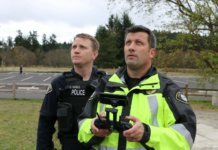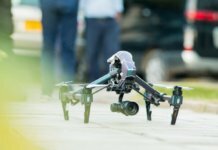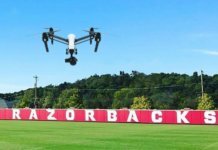UNICEF and the government of Malawi have officially launched an air corridor to test the potential humanitarian use of unmanned aerial vehicles (UAVs).
The corridor – the first of its kind in Africa, says UNICEF – is centered on the Kasungu Aerodrome in central Malawi. With a 40-kilometer radius (and 80-kilometer diameter), it is designed to provide a controlled platform for the private sector, universities and other partners to explore how drones can be used to help deliver services that will benefit communities.
“We have already used drones as part of our flood response, and we can see the potential for further uses, such as transportation of medical supplies, which could transform lives in remote rural communities,” comments Jappie Mhango, Malawi’s minister of transport and public works.
The corridor will facilitate testing in three main areas:
1. Imagery – generating and analyzing aerial images for development and during humanitarian crises, including for situation-monitoring in floods and earthquakes;
2. Connectivity – exploring the possibility for UAVs to extend Wi-Fi or cellphone signals across difficult terrain, particularly in emergencies;
3. Transport – delivery of small, low-weight supplies such as emergency medical supplies, vaccines and samples for laboratory diagnosis, including for HIV testing.
The UAV corridor will run for at least one year until June 2018. Since the initial announcement in December 2016, 12 companies, universities and non-governmental organizations from around the world have applied to use the corridor, says UNICEF.
“This humanitarian drone testing corridor can significantly improve our efficiency and ability to deliver services to the world’s most vulnerable children,” says UNICEF’s office of global innovation principal advisor, Christopher Fabian. “The success of these trials will depend on working in new ways with the private sector, government, and local entrepreneurs and engineers who can ensure that technologies deliver appropriate solutions for the people who need them the most.”
The launch of the UAV testing corridor follows a pilot project in Malawi in March 2016 on the feasibility of using drones for the transportation of dried blood samples for early infant diagnosis of HIV. This study showed that UAVs are a viable addition to existing transport systems, including those used to help with the diagnosis of HIV, says UNICEF.
UNICEF also deployed drones to support the government of Malawi’s response to recent floods. Drone flights went out in Salima, Lilongwe and Karonga between February and April of this year to provide aerial footage to help assess the needs of affected families. The aim of the flights was to conduct faster, more efficient and cost-effective assessments of the situation of communities and families. UNICEF is also exploring the potential for drones to be used to support immediate search-and-rescue efforts.


